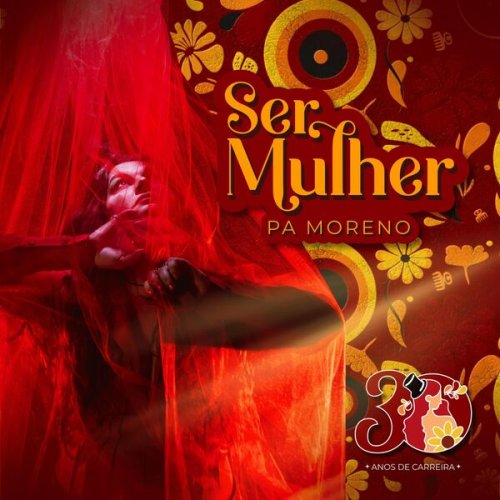Christian Peters - Karg-Elert: Caprices (2008)
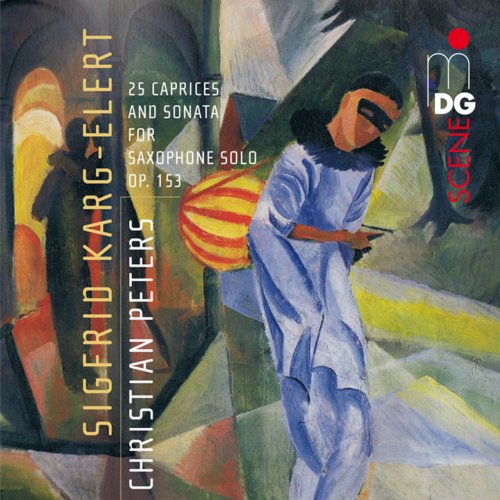
Artist: Christian Peters
Title: Karg-Elert: Caprices
Year Of Release: 2008
Label: MDG Scene
Genre: Classical
Quality: FLAC (tracks)
Total Time: 01:13:36
Total Size: 290 Mb
WebSite: Album Preview
Tracklist: Title: Karg-Elert: Caprices
Year Of Release: 2008
Label: MDG Scene
Genre: Classical
Quality: FLAC (tracks)
Total Time: 01:13:36
Total Size: 290 Mb
WebSite: Album Preview
1. 25 Caprices and Sonata for Saxophon Solo: I. Preambolo (Ssax)01:39
2. 25 Caprices and Sonata for Saxophon Solo: II. Valse Languide (Asax)01:53
3. 25 Caprices and Sonata for Saxophon Solo: III. Consolation (Bsax)03:26
4. 25 Caprices and Sonata for Saxophon Solo: IV. Corrente (Bsax)01:13
5. 25 Caprices and Sonata for Saxophon Solo: V. Giga (Tsax)01:41
6. 25 Caprices and Sonata for Saxophon Solo: VI. Rag (Tsax)01:10
7. 25 Caprices and Sonata for Saxophon Solo: VII. Toccata (Ssax)01:51
8. 25 Caprices and Sonata for Saxophon Solo: VIII. Ondina (Asax)01:10
9. 25 Caprices and Sonata for Saxophon Solo: IX. Arlecchino (Ssax)02:08
10. 25 Caprices and Sonata for Saxophon Solo: X. Cubana (In Modo Frigico) (Tsax)02:03
11. 25 Caprices and Sonata for Saxophon Solo: XI. In Modo Lidio (Tsax)01:56
12. 25 Caprices and Sonata for Saxophon Solo: XII. Ciaccona (Bsax)06:23
13. 25 Caprices and Sonata for Saxophon Solo: XIII. in Modo Misolidio (Asax)01:34
14. 25 Caprices and Sonata for Saxophon Solo: XIV. in Modo Frigico (Asax)02:54
15. 25 Caprices and Sonata for Saxophon Solo: XV. Alla Burla (Ssax)02:11
16. 25 Caprices and Sonata for Saxophon Solo: XVI. Piccola Danza Elegiaca (Asax)02:04
17. 25 Caprices and Sonata for Saxophon Solo: XVII. Valse d'amore (Asax)03:09
18. 25 Caprices and Sonata for Saxophon Solo: XVIII. Ibérienne (Ssax)02:38
19. 25 Caprices and Sonata for Saxophon Solo: XIX. Tarantelle e Sizilienne (Ssax)03:33
20. 25 Caprices and Sonata for Saxophon Solo: XX. In Modo Dorico (Bsax)02:45
21. 25 Caprices and Sonata for Saxophon Solo: XXI. Studio (Tsax)01:03
22. 25 Caprices and Sonata for Saxophon Solo: XXII. Leggenda (Bsax)03:59
23. 25 Caprices and Sonata for Saxophon Solo: XIII. Tanghetto (Tsax)03:09
24. 25 Caprices and Sonata for Saxophon Solo: XXIV. Papillon (Ssax)00:41
25. 25 Caprices and Sonata for Saxophon Solo: XXV. Metamorfosi (Asax)01:55
26. Sonata for Alto Saxophone Solo: I. Allegro con moto04:51
27. Sonata for Alto Saxophone Solo: II. Scherzo demoniaco02:32
28. Sonata for Alto Saxophone Solo: III. Larghetto malinconico05:02
29. Sonata for Alto Saxophone Solo: IV. Toccata-Finale03:03
Performers:
Christian Peters - Saxophon
These little pieces for saxophone, largely unknown even to saxophonists since their composition in 1929, may be viewed in several ways. The composer, the mostly Leipzig-based Sigfrid Karg-Elert, termed them "in primary respects higher studies for the development of new paths in technique and expressive means" for the saxophone. But saxophonist Christian Peters argues for their wider expressive significance. He himself wrote the booklet notes, which include a good deal of interesting biographical information (he was born simply Sigfrid, or Siegfried, Karg, but was urged by teachers to append his mother's maiden name to his surname to deflect "Semitic suspicions"). Peters lays stress on the extended tonality of the 25 Caprices for saxophone solo, pointing to the accompanying Sonata (atonal) for alto saxophone solo indicated the composer's interest in the ongoing dissolution of the tonal system. But for the most part the music does not sound like what one imagines would have happened if the young Schoenberg had sat down to compose music for solo saxophone. What's most interesting about it is the range of ideas, drawn from the musical atmosphere of the 1920s and distilled down to the restrictive medium of a solo, and a solo on an unusual instrument to boot. There are not only expressionist caprices, but several pieces influenced by Stravinsky's neo-Baroque ideas, modal sounds perhaps emanating from Italy stylistically (try track 13, In modo misolidio, or Mixolydian mode), and quasi-popular dances, including a Rag (track 6), all filtered through the rather severe sensibility of German pedagogy. Karg-Elert combines the disparate dance and modal ideas in the little Cubana (in modo frigico), track 10. The technical virtuosity of the music, and there is plenty of it, is thus matched with a certain stylistic razzle-dazzle as the performer seems to offer a tour of the styles of the day, with the atonal sonata, very much of a piece with the caprices, as merely one more stylistic possibility. Peters takes advantage of the chance, offered by Karg-Elert, to introduce additional variety by using four different saxophones -- soprano, alto, tenor, and bass -- in the 25 Caprices (the notations "Ssax," "Asax," etc. are his own, not part of the original titles). The music might make a good surprise final exam for a course in music of the early twentieth century, with students having to identify the stylistic sources of each piece. But it's an enjoyable find for anyone who likes the music of the period.
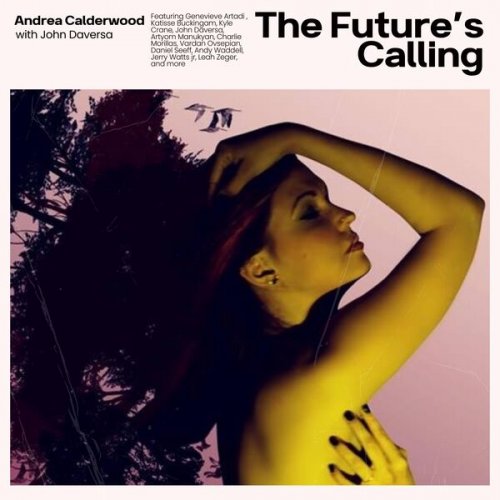
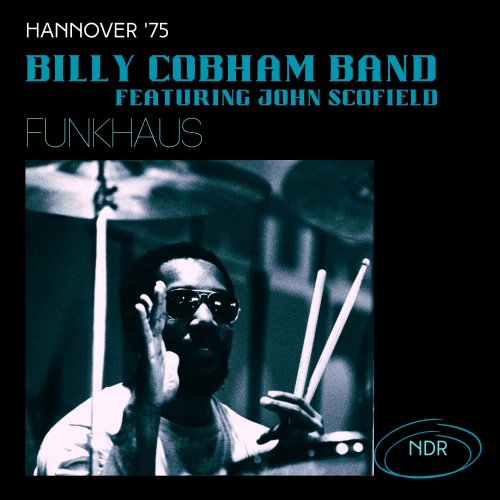
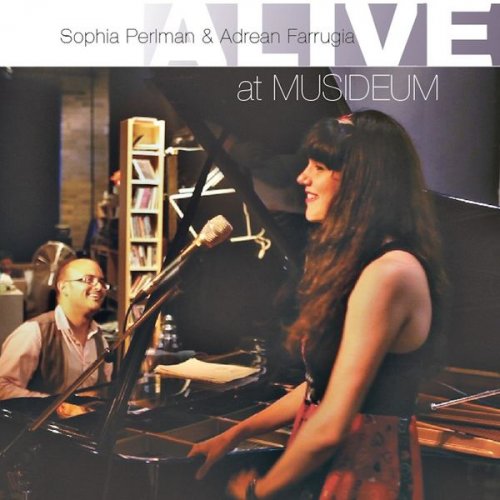

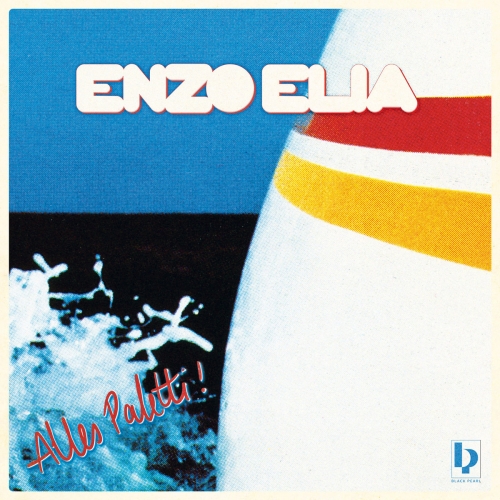
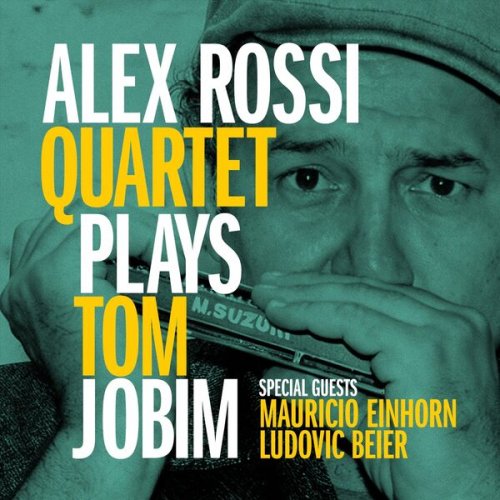
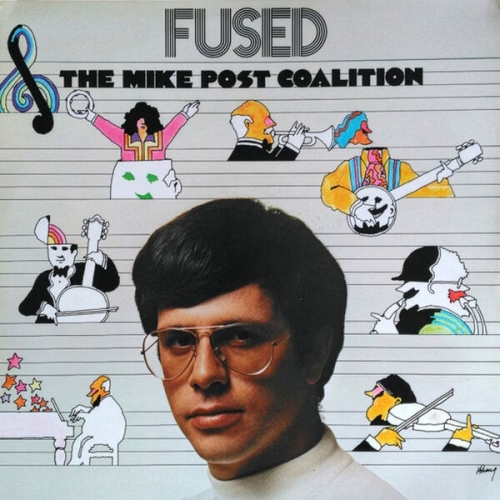
![Don Sebesky - Three Works For Jazz Soloists & Symphony Orchestra (1979) [Hi-Res] Don Sebesky - Three Works For Jazz Soloists & Symphony Orchestra (1979) [Hi-Res]](https://img.israbox.com/img/2026-01/07/bziob1ihb9u6fey2poj1xqnen.jpg)
